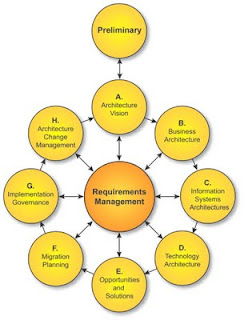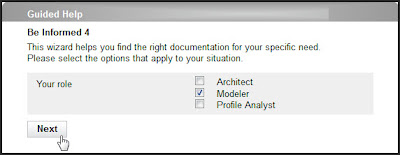Writing effective articles 5: Beyond the empty page
Until now we have in this series of blogs about writing effective articles focused on the preparing steps before the actual writing. In this post we have finally reached the point where we have been waiting for: the actual writing of our article. So sharpen your pencils and your wits, put that empty sheet of paper on your desk and start writing.
Your sheet is already half filled
If you have followed the steps described in my previous posts, your sheets is actually already half full. You know your goal and audience and you have created that overall structure of your article, right? Then it is simply a matter of copying that overall structure into your empty page and you have the outline for your article, including the main topics and subparagraphs.A strong article has a strong opening
Get your readers involved from the moment that they start reading: your introduction is the key to the overall success of your article. Make sure that the introduction offers a strong statement, issue or question, something that triggers the curiosity of your audience and makes them want to read on. It sometimes helps to be a but provocative in your introduction, but don’t overdo it. Take a good look at your audience definition and make sure that what you write will trigger the desired reaction from your audience.Keep it short
Your article serves a goal; make sure that your readers make the transition you want them to make before they abandon reading your article. Short means:
- Avoiding long complex sentences as much as possible
- Writing brief paragraphs with a strong focus on the message and the goal you are pursuing
- Adjusting your writing to the audience, only providing the information that is necessary for the specific target group with their specific education level
Support predictive reading
Use headers and sub headers to support predictive reading. Readers often scan an article to find the information that is relevant to them before deciding to read the full text or to get an idea of the structure of the text. By using well chosen, well-marked headers and sub headers you can highlight the structure of your text and make it easier for the reader to quickly find the information that they are looking for. In addition it is always a good strategy to put the most important information in the first line of a paragraph and repeat or summarize it in the last sentence.
No techtalk
Avoid jargon and technical or complex terminology that is unclear to your audience or make sure to introduce them to your audience first. Focus on the knowledge level of your target audience and try not to introduce too many new words and avoid abbreviations, because these are one of the main reasons for readers to put your article aside. If you introduce a new technical term, make sure that people understand the meaning before you proceed and introduce the next term. Using simple synonyms and in a subtle way repeating the explanation in the course of your article can help your reader understand and remember the meaning of a term.
Prepare for the final step
Well, the final step in the process of creating an effective article, is the publication of the article. But before we do so, it might be wise to check if our article will have the desired effect. Can we reach our goal with this article? In the next episode of this series, I will talk about the review process and introduce some ways of pretesting your article before sending it to the press. Although this is an optional step, this could mean the difference between an almost effective and an effective article.



Comments